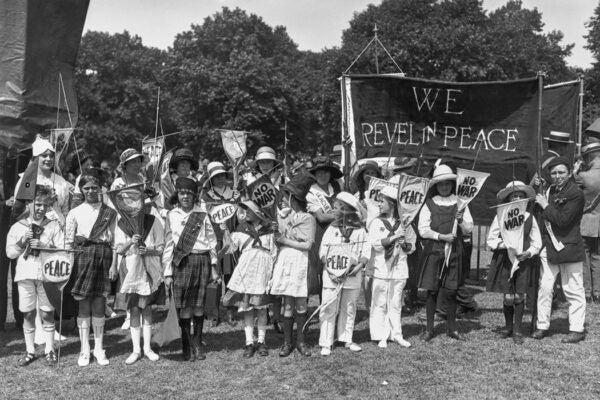From changing demographics to the recent news that people can now serve divorce papers via Facebook, there’s no doubt that divorce has changed in the past few decades. But how much? A glimpse into the long history of divorce in the United States offers a bit of perspective.
When you think of nineteenth-century divorce, you likely think of powerful cultural taboos that made the action not just unpopular, but unthinkable for many Americans. So why do Daniel F. Littlefield and Lonnie E. Underhill call the Oklahoma Territory of 1890 to 1897 “a divorce-seeker’s paradise?” It turns out that the territory was a popular locale for would-be divorcés due to its short residency requirements. Along with unhappy couples came “profit-seeking attorneys” who sparked a thriving industry. Lawyers met passengers on trains, handing them cards guaranteeing “absolute seclusion … and freedom from inquisitive reporters” during their residence in Oklahoma City.
Women in Reno, Nevada, which grew to fame as a place where women could wait out a residency requirement before obtaining a “quick” divorce, weren’t so lucky. Glenda Riley writes about women who sought “migratory divorces,” spurred on by newspaper accounts of an English nobleman whose “scandalous divorce” brought the state’s relatively lax laws into national prominence in 1901.
The Progressive Movement, theories of free love, and popular novels did much to soften the stigma around officially ending one’s marriage, writes Riley. However, the legal standing of women who sought a Reno divorce remained complicated. By the 1920s, notes Riley, “sticky situations could result when a spouse from a strict divorce state obtained a divorce in a liberal state and then returned to the home state or other strict jurisdiction.” As legal divorce crashed into states’ rights issues, states struggled to deal with the reality of divorce until 1969, when California became the first state to institute no-fault divorce.
But when it comes to divorce, venue-shopping is still a thing. “Despite many Americans’ outrage against the phenomenon of migratory divorce, and a long-term attempt on the part of the part of the courts to reform it,” writes Riley, “some divorce-seekers continue to search for the most amenable jurisdiction for their circumstances.” Turns out that the more things change, the more some aspects of divorce remain the same.







